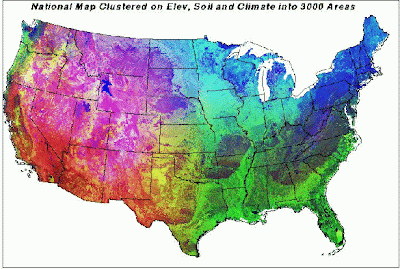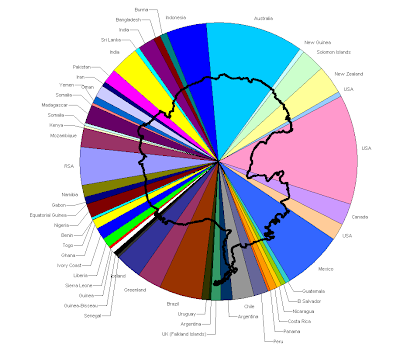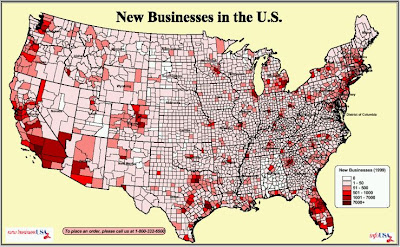
Source: http://www.bls.gov/opub/ils/summary_10_06/illness_related_work_absences.htm
A bilateral graph is a type of geovisualization. The graph has two related variables, which the user or cartographer can then compare for correlation or explanation of a trend and/or phenomenon. The bilateral graph presented above contains data on people who worked less than 40 hours in week and the reason between April 2005 and March 2010. One see peaks that relate to flu season, which peaks December through March. However, other absences also peak during this time as well.

















































